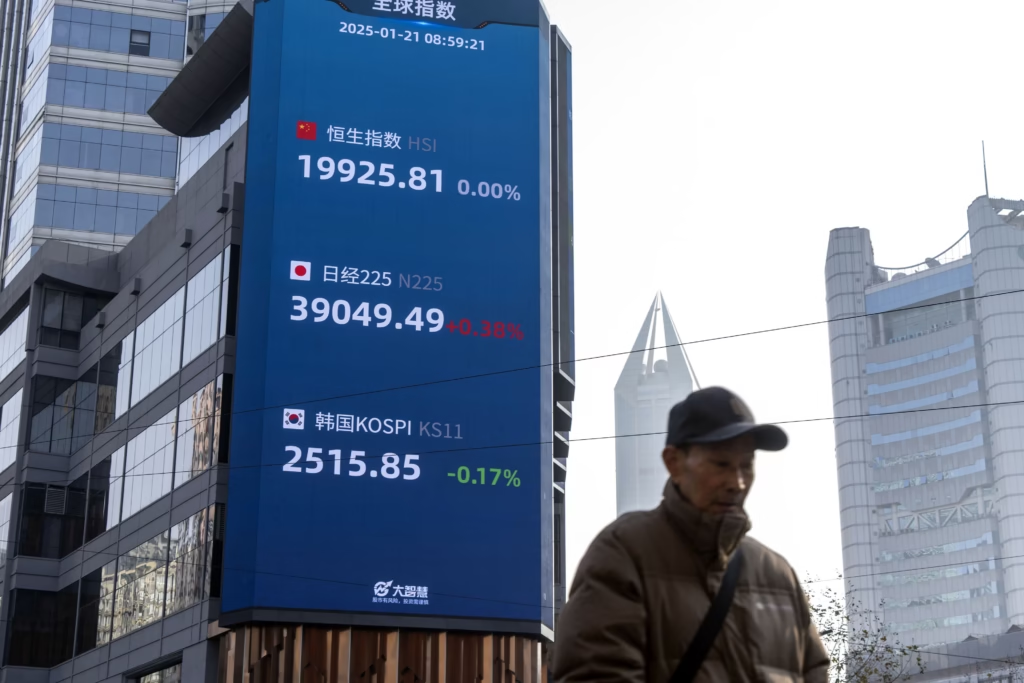Now Reading: The EMI Trap: How Loans Are Quietly Reshaping Middle-Class Life in India
-
01
The EMI Trap: How Loans Are Quietly Reshaping Middle-Class Life in India
The EMI Trap: How Loans Are Quietly Reshaping Middle-Class Life in India

Home loans, car loans, education loans, and now even personal loans for smartphones or weddings—monthly EMIs have become a silent part of daily life for India’s middle class. While they offer convenience and access, these repayments are slowly shaping how people spend, save, and plan their futures. The impact is especially visible in Tier 2 cities where aspirations run high but incomes are stretched thin.
Loans Are Easy, But Are They Always Worth It?
Banks and NBFCs today make it incredibly simple to get a loan. A few clicks and you’re approved. For salaried individuals in places like Nagpur, Bhopal, or Surat, this feels like a quick win—owning a bike, a house, or funding a child’s education without delay.
But with easy access comes a long-term cost. Many people commit to EMIs that take up 30–50% of their monthly income, leaving little room for savings, emergencies, or unexpected expenses.
The Emotional Load of a Monthly Payment
On paper, an EMI is just a number. In real life, it becomes a recurring stress. People delay family vacations, skip investments, or avoid switching jobs—even if they’re unhappy—just to keep the monthly payment cycle running.
It’s not just about money. EMIs are quietly influencing major life decisions: when to get married, when to have children, or whether to support ageing parents financially.
Lifestyle vs. Financial Security
There’s a growing trend of using EMIs for lifestyle upgrades—phones, furniture, even holiday packages. While it gives a sense of immediate satisfaction, many don’t realise how quickly these short-term loans add up.
One missed EMI can dent a credit score. A sudden job loss can throw the entire financial plan into chaos. Many middle-class families are living paycheck to paycheck, not because they overspend, but because they are overcommitted.
The Role of Social Pressure
In smaller cities, social image plays a big role. A better car, a larger house, or a destination wedding often leads to borrowing. What starts as an aspiration quickly turns into obligation.
People often don’t talk about how heavily they’re leveraged—only the visible assets are celebrated. This creates a cycle where everyone’s under pressure to match up, even if it means long-term financial strain.
Conclusion
EMIs aren’t evil. They help millions afford things that would otherwise be out of reach. But the silent burden they bring needs to be acknowledged. For India’s middle class, especially in Tier 2 cities, it’s time to balance dreams with discipline. Because when the excitement fades, the EMI remains—and it’s not going anywhere for a long time.

























